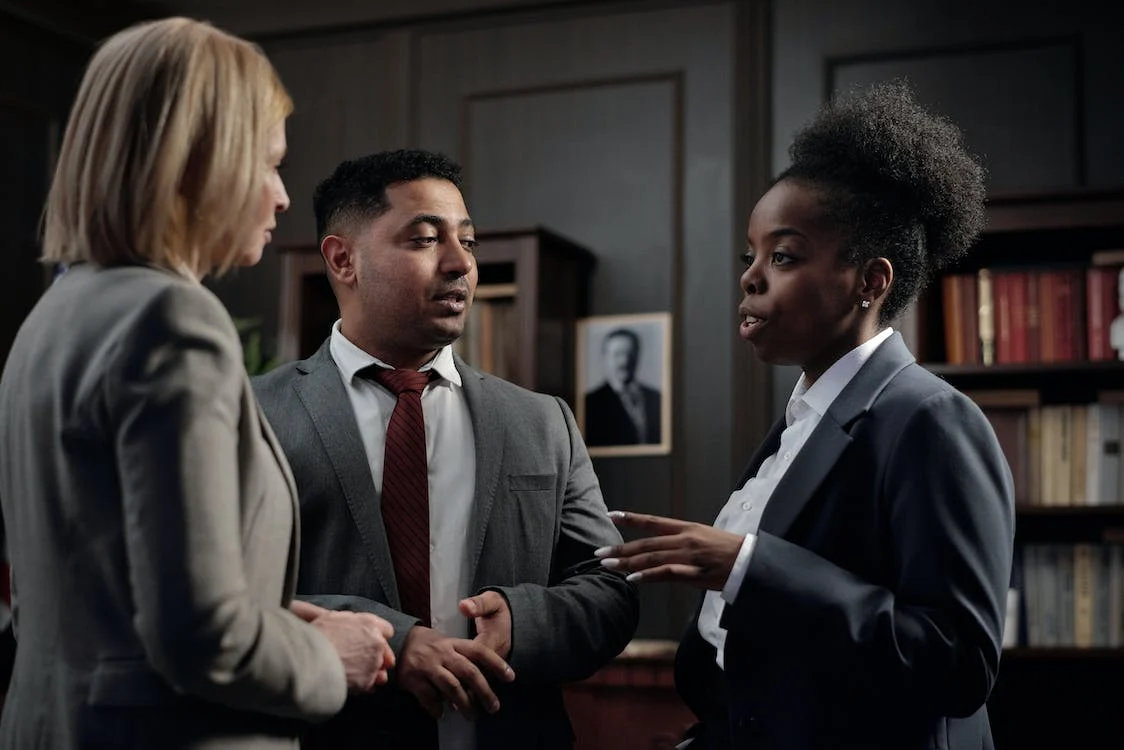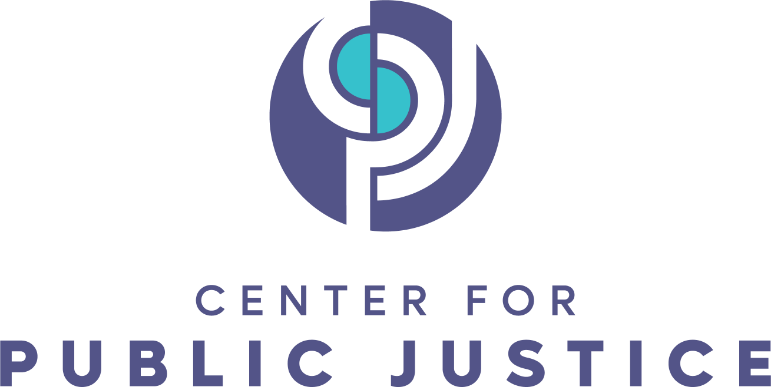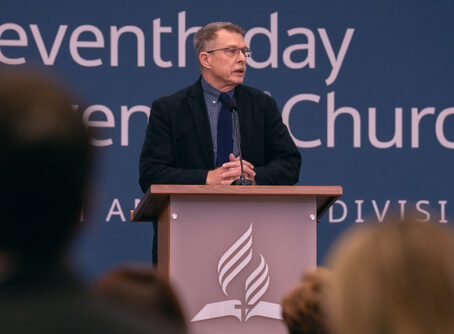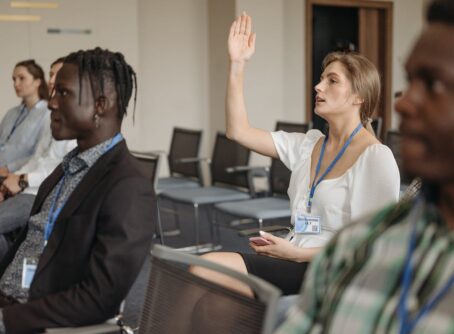
Introduction
The trajectory of an entire nation is greatly influenced by how its systems of justice treat the younger and future generations. Unfortunately, the magnitude of this sobering reality may cause us to delegate the responsibility of opposing harmful juvenile justice policies and of crafting beneficial juvenile justice policies to adults alone. Juvenile justice reforms are sweeping the nation, and the prime movers behind them are the voiced experiences and passionate policy proposals and protests of America’s youth. The VOYCE (Voices Of Youth In Chicago Education) movement in Chicago, IL, is Exhibit A.
Background of the SB 100 Campaign
By the turn of the twenty-first century, Chicago was far from a safe place for young people, especially those in the Black and Latino communities. The school-to-prison pipeline ran at full capacity. Regarding schools, graduation rates had plummeted, school facilities were run down, and essential student-support services were not provided. In response to these problems, school districts did not reinvest in these “dropout factory” schools (which were predominantly located in Black and Latinx communities). Rather, they began massive school shutdowns, which specifically affected Black communities negatively.
Regarding Chicago’s policing practices, minority communities bore the brunt of the justice system. According to Warren, by the mid-2000s, “55% of adult Black males and 80% of the adult Black male workforce in Chicago had a felony record.” Moreover, there was a strong link between Chicago’s failing schools and burgeoning prisons. Chicago embraced zero-tolerance discipline policies in its schools, and most also housed police substations on campus. From 2001-2008, the out-of-school suspension rate quadrupled, with Black students four times more likely to be suspended than white students, and out of 4,500 school-based arrests in 2009, 78% were for minor infractions. Warren also notes that students “who were arrested were 50% more likely to leave school before graduating than students who were never arrested.” Thus, the failure and instability of Chicago’s school system, coupled with its zero tolerance school discipline policies, were pushing students out of education and into prison long term, all with a disproportionate impact on communities of color.
Chicago’s youth wanted an end to these injustices, and so they pushed for change. VOYCE youth formed an unprecedented intergenerational coalition of 18 organizations, “including parent organizing groups like COFI [Community Organizing and Family Issues]; restorative justice organizations like Alternatives, Inc.; as well as state-level advocacy groups like the ACLU, the Illinois Safe Schools Alliance, which advocated for safe and supportive schools for LGBTQ students, and the disabilities advocacy group Access Living.”
VOYCE was formed by seven Chicago community groups (Communities United being the anchor group) in 2007 to empower students and young people to push for just changes in the Chicago school district. In this way, VOYCE combined the passion of youth leadership with the wisdom of adult guidance in pursuing justice in the community. Jim Freeman from the Advancement Project helped the youth draft the bill which would become Senate Bill 100 (or SB 100), which, among other things, put a ban on zero tolerance policies (e.g. automatic suspensions for specified infractions) and ended fines and fees for discipline. The SB 100 campaign of 2015 set a momentous precedent: justice engaged youth, responding to the particular injustices in their localities, united to pass a statewide bill into law.
To accomplish this, VOYCE youth, most of whom could not vote, engaged in intense political activism. They found sponsors for SB 100 in the House (Rep. William Davis) and in the Senate (Sen. Kimberly Lightford), they sat at stakeholder negotiations over SB 100 and they traveled to Springfield on a weekly basis to strategically engage a critical mass of representatives and senators with their personal stories, backed up with relevant statewide statistics. In this way, the dogged persistence of these young leaders in their pursuit of justice and the unrelenting care, guidance, and sacrifices provided by experienced adults and justice organizations proceeded hand-in-hand to breach the school-to-prison pipeline. The SB 100 campaign gave America (and the world) a model of youth-led justice making.
Normative Framing: The Intersection Of Faith and Politics In Juvenile Justice
This article utilizes the SB 100 campaign as a model of youth-led justice that can serve as inspiration for young people in other places, with different circumstances and opportunities. However, before proceeding any further, it is helpful to understand why juvenile justice is important at all (from a biblical perspective) and how faith and politics interact in the fight for justice.
The Christian’s Responsibility
God is not silent when it comes to children. James 1:27 says: “Religion that God our Father accepts as pure and faultless is this: to look after orphans and widows in their distress and to keep oneself from being polluted by the world.” Moreover, Jesus rebuked his disciples for preventing children from coming to Him: “Then people brought little children to Jesus for him to place his hands on them and pray for them. But the disciples rebuked them. Jesus said, ‘Let the little children come to me, and do not hinder them, for the kingdom of heaven belongs to such as these.’ When he had placed his hands on them, he went on from there.” (Matthew 19:13-15).
These passages speak of a God who has crowned young people with integrity, with the right to compassionate care, and with an honorable place in heaven’s kingdom. As children of God and imitators of Christ, Christians must diligently do the same.
Government’s Responsibility
The Center For Public Justice’s guidelines on government state that “Government’s purpose is to uphold a healthy public commons in which the great diversity of human activities – as well as complex social and ecological balances – is maintained for the long-term wellbeing of everyone.” Government exists to maintain public justice wherein the diverse array of human spheres of activity, such as family, business, art, defense, and education, is protected, with each sphere both retaining the right of its sovereign existence and yet interacting interdependently and respectfully with all other spheres. Government does this by crafting and administering just policies that allow each sphere to flourish in its own right (not by governmental dictation). Moreover, when one sphere, such as education, systemically harms another, such as family (e.g. children harmed via the school-to-prison pipeline), then the government should intervene to restore public justice.
Juvenile Justice
The Christian’s responsibility and the government’s responsibility clearly intersect in juvenile justice. Unjust systems are perpetrating injustices on the lives of young people, with a disproportionate impact on the economically disadvantaged communities of color. These injustices, such as underfunded education paired with a well-funded police force and zero tolerance school discipline policies, cripple a young person’s potential to flourish. One mistake, and he or she may be arrested on campus, suspended for weeks, and sent to court. This in turn disrupts the family routine and finances, which may give the young person in question a social stigma. This may further discourage them from completing their education. The integrity of the young person is not seen, the needs of the young person are not compassionately cared for, and the young person is ostracized from the community at large. Jesus diametrically opposed this reality and bids the unjust systems in place to “Let the little children come to me!” Thus, Christians ought to be one of the most earnest advocates for juvenile justice reform, but they should also find a ready partner in the government. The government must intervene because an interlocking system of school, defense, and economy is attacking the very existence of families across the nation.
The SB 100 Campaign As a Model For Youth-Led Juvenile Justice Reform
The SB 100 Campaign is a clarion call for all young people in America, who possess incredible agency when it comes to juvenile justice reform even if they are not able to vote. Like the VOYCE youth, young people must form cross-generational coalitions. They must seek the guidance, wisdom, and support of older generations. Simultaneously, these coalitions must center around the lived experiences of the young people. The voiced experiences of young people should be the primary impetus of the juvenile justice reform movement because young people directly experience the harms of unjust juvenile justice systems (Galatians 6:17). Accordingly, they have a right to be active participants at every negotiation table discussing juvenile justice policies, and every policy that is passed ought to hold their approval.
Young people must directly engage their representatives. VOYCE youth provided a model for this as well: “VOYCE youth met one on one with individual legislators to gain their commitment to support the bill. Once that commitment was made, young people would take ‘selfies’ or photos on their smartphones with the legislator and post them on social media. Posting selfies built momentum for the campaign and also served as a record of the legislator’s commitment for which they could be held accountable.” Like the VOYCE youth, young people facing injustices in every state can politically engage their representatives in innovative ways. They can share their stories with their legislators. Such stories (backed with relevant statistics on juvenile justice) have proven effective in persuading representatives to put juvenile justice reform on the policy agenda. Moreover, via the tech-savvy use of social media, young people can hold their representatives accountable.
Young people must not forget to engage their schools in juvenile justice reform. They can raise awareness of injustices in the juvenile justice system via school posters, classroom projects and presentations, everyday conversations, and after school programs and protests. Again, the VOYCE youth are a good example. Another model is the Wake County Black Student Coalition (WCBSC) in North Carolina. Founded by six Wake County students, WCBSC organizes student protests against the presence of student resource officers on school campuses, blatantly racist school discipline policies, sexual harassment at school, and unrepresentative school curricula. WCBSC also liaisons with outside organizations like the Education Justice Alliance in order to propose policy reforms to the Wake County school board.
Young People Bringing Justice To Their Communities
The SB 100 Campaign in Chicago and all other youth-led justice movements happening simultaneously in America reflect the incredible power young people have to bring about justice like waters and righteousness like an ever-flowing stream (Amos 5:24). Young people are realizing their agency and have put their shoulders to the plow of justice so that future generations can enjoy the fruits of a society wherein flourishing is universal. At the same time, they are realizing that they must partner and work interdependently with the older generations, because justice is and must be a community effort. Finally, they are realizing that justice is gritty and that only long term commitment from the entire community is capable of bringing justice to the world. VOYCE youth leader Jamie Adams said: “It’s like fighting a giant spider…You fight one leg of it, it has seven other legs. You can’t just defeat one part of it and think it’s done.”
Jesus said: “Let the little children come to me, and do not hinder them, for the kingdom of heaven belongs to such as these.” (Matt. 19:14) The VOYCE youth and all other like-minded, like-actioned youth have demonstrated that the kingdom of heaven not only belongs to them but also comes through them. They may not have the vote, but justice nevertheless comes on their shoulders.
Kyle Chu is a second generation Chinese student at Messiah University. He is working towards a major in Political Science and International Relations, along with a minor in music and statistics. Kyle was born and raised in Ohio, where he attended Mars Hill Academy, a private classical Christian school, for most of his K-12 years. His interests span many areas, including reading Shakespeare, the Puritans, and George Orwell, eating Asian foods, playing piano, house remodeling, and maintaining planted aquariums.





